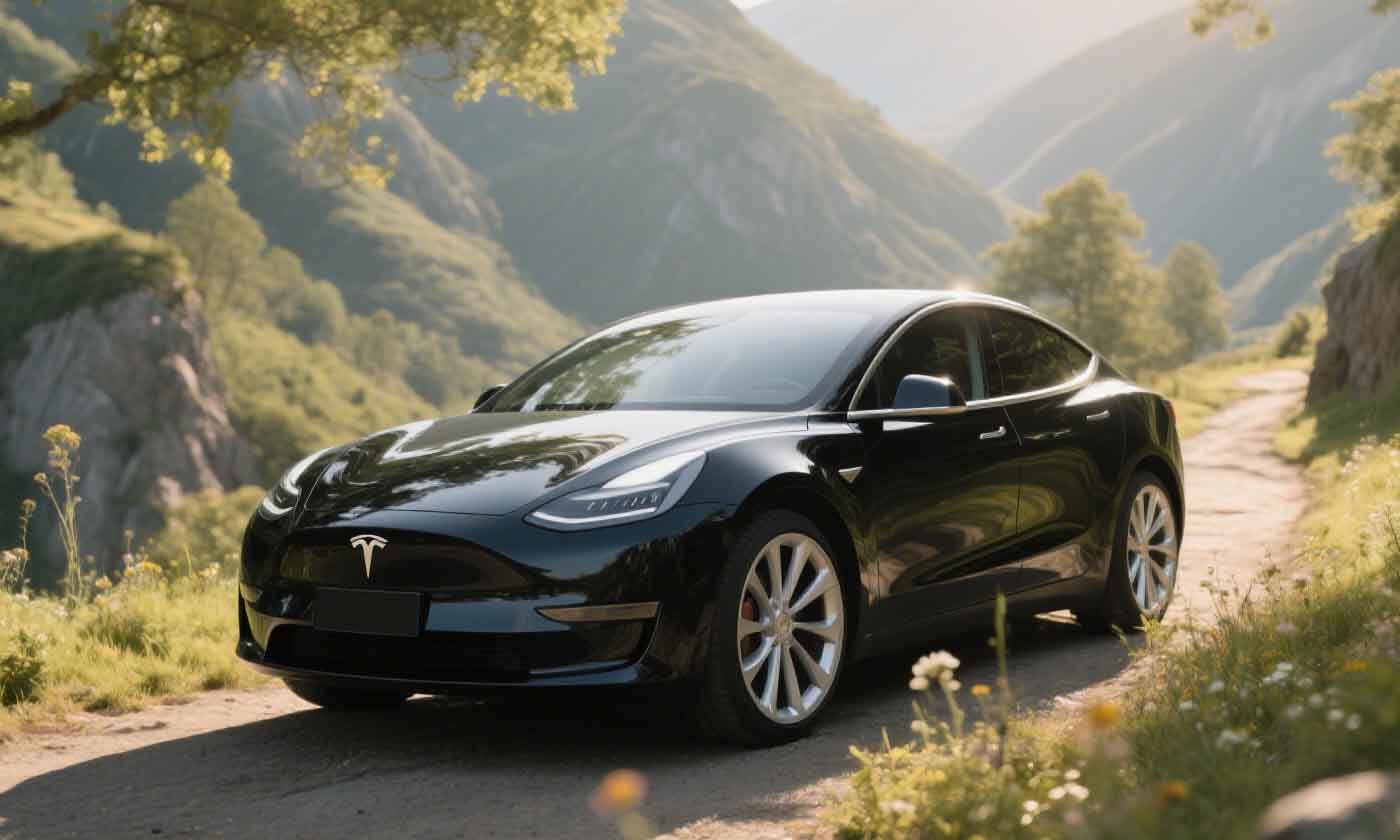Smart City Traffic Management – Improving Travel Experience
gxt 2025-05-30
With the acceleration of global urbanization, problems such as traffic congestion, environmental pollution, and frequent traffic accidents have become increasingly severe.
Background:
With the acceleration of global urbanization, problems such as traffic congestion, environmental pollution, and frequent traffic accidents have become increasingly severe. Traditional traffic management systems struggle to cope with the complex and ever-changing urban traffic conditions, leading to inefficient commuting and a reduced quality of life for citizens.
Solution:
A major international city introduced an AI-based intelligent traffic management system. The system collects large amounts of real-time traffic data through sensors and cameras installed on roads, as well as GPS devices connected to public transportation. AI algorithms analyze this data to optimize traffic signal control, predict traffic flow changes, and provide real-time navigation recommendations.
Implementation:
Smart Traffic Signal Control: Automatically adjusts red-light durations based on real-time traffic flow to reduce vehicle waiting times.
Accident Detection and Emergency Response: Identifies potential accidents by analyzing abnormal patterns in traffic flow, such as sudden deceleration or stopping, and quickly alerts relevant authorities.
Personalized Travel Recommendations: Provides drivers and pedestrians with optimal route suggestions, including avoiding congested areas or finding the nearest parking spots.
Results:
Traffic congestion was significantly reduced, with average commute times decreasing by about 20%.
Air quality improved due to reduced vehicle idling time and emissions.
The traffic accident rate dropped thanks to more effective accident prevention measures and faster emergency response times.
Citizen satisfaction with the city’s transportation system increased, making travel more convenient and efficient.
Impact:
With the help of artificial intelligence, urban traffic management has become smarter and more efficient. It not only improves residents’ daily travel experiences but also contributes to environmental protection and socio-economic development. This intelligent transportation system serves as a successful model and technical reference for other cities facing similar challenges.
Conclusion:
AI applications are reshaping our cities, especially in solving traffic-related issues with great potential. Through intelligent traffic management, urban operational efficiency can be enhanced, creating a more livable environment and further promoting the development of smart cities.
With the acceleration of global urbanization, problems such as traffic congestion, environmental pollution, and frequent traffic accidents have become increasingly severe. Traditional traffic management systems struggle to cope with the complex and ever-changing urban traffic conditions, leading to inefficient commuting and a reduced quality of life for citizens.
Solution:
A major international city introduced an AI-based intelligent traffic management system. The system collects large amounts of real-time traffic data through sensors and cameras installed on roads, as well as GPS devices connected to public transportation. AI algorithms analyze this data to optimize traffic signal control, predict traffic flow changes, and provide real-time navigation recommendations.
Implementation:
Smart Traffic Signal Control: Automatically adjusts red-light durations based on real-time traffic flow to reduce vehicle waiting times.
Accident Detection and Emergency Response: Identifies potential accidents by analyzing abnormal patterns in traffic flow, such as sudden deceleration or stopping, and quickly alerts relevant authorities.
Personalized Travel Recommendations: Provides drivers and pedestrians with optimal route suggestions, including avoiding congested areas or finding the nearest parking spots.
Results:
Traffic congestion was significantly reduced, with average commute times decreasing by about 20%.
Air quality improved due to reduced vehicle idling time and emissions.
The traffic accident rate dropped thanks to more effective accident prevention measures and faster emergency response times.
Citizen satisfaction with the city’s transportation system increased, making travel more convenient and efficient.
Impact:
With the help of artificial intelligence, urban traffic management has become smarter and more efficient. It not only improves residents’ daily travel experiences but also contributes to environmental protection and socio-economic development. This intelligent transportation system serves as a successful model and technical reference for other cities facing similar challenges.
Conclusion:
AI applications are reshaping our cities, especially in solving traffic-related issues with great potential. Through intelligent traffic management, urban operational efficiency can be enhanced, creating a more livable environment and further promoting the development of smart cities.













